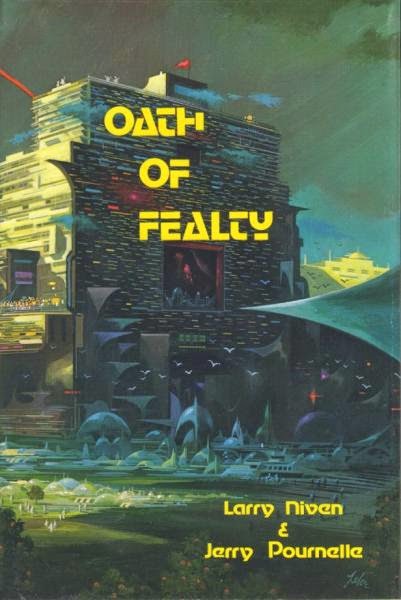The Future of Police report reminds me of something Professor Herman Goldstein warned us about years ago - confusion about the ends over the means!
The future that the public wants - the ends – is less crime and more public safety. They want to get there - the means – by more community-building, more inclusive problem-solving, and better relationship-building.
I might be wrong, but I doubt the means that the public expects from police are the technology-drenched, algorithms suggested in Future of Policing.
"These changes," says the Preface in Future, "are not just about finding new ways to reduce crime; they go deeper, to evaluating the basic mission of the police, and what people want from the police."
GOING DEEPER
Of course saying officers should “go deeper” is not the same as doing it. Nor is it the same as providing the training to teach them how. Unfortunately training programs that teach such things - problem-based learning, emotional intelligence, PTO field training – do not show up in Future (even though the COPS office and PERF promoted development of those programs).
One quote by a LAPD supervisor suggests an escape from this institutional autism:
“…when [officers] spend time in the high-probability areas, they need to be doing problem solving. There is something there that is attracting criminals; we tell officers to look for the magnets. The goal isn’t more arrests, the goal is crime prevention.”
Very true! Except throughout 45 pages of text crime prevention was cited only 9 times and never explained fully.
THE FUTURE?
In Planning in Turbulence an author concludes: “our level of ignorance about social systems is quite astounding, yet our analytical approaches…assume away this ignorance outright through the specification of incomplete models based on incomplete or often inaccurate data.”
That was 28 years ago regarding urban planning. I wonder...is police science any better or are we facing that exact same paradox?
In SafeGrowth we overcome this by developing neighborhood teams who run their own prevention plans alongside local cops. LISC’s Community Safety Initiative publications describe how we do it.
Another workaround emerges with street cops themselves who peek inside our communities. For example consider success stories in Camden NJ and Virginia Beach.
Future of Policing describes the Camden NJ police using forfeiture funds in 2011 to purchase technology and form partnerships with other law enforcement. But a year later real change exploded.
As the New York Times reported, fed up with a flood of crime, tired of strict union rules inflating costs, 30% absenteeism at work and overtime pay for basic duties, the City of Camden shut down their police force and started over.
Without union rules they rehired 150 of the 200 old officers back and hired another 250 new officers. They instituted foot patrols, had volunteers walking the streets, and expanded youth programs. They properly staffed their CCTV and ran more enforcement.
The result? Youth program involvement increased, response times plunged from 1 hour to 4 minutes, crime rates dipped and murders dropped from 21 to 6.
 |
| Virginia Beach police Chief Cervera talking to Boy Scout Explorers - photo VBPD |
A national leader in both the PTO program and problem-based learning, Virginia Beach went one step further. The news clip "Ask a cop for coffee and some conversation" describes how.
Once a year Chief Jim Cervera has his officers of all ranks walk neighborhoods and knock on thousands of doors to ask what residents think of their police.
Says Cervera: "We want the surveys to prompt real conversations. There is nothing better than two people from different social, racial or ethnic backgrounds having a heart-to-heart discussion about a common goal."
NEIGHBORHOOD GOVERNANCE
No sensible person wants the mantle of anti-tech Luddite. Science is part of the way forward. But as Harvard’s Malcolm Sparrow makes clear in Governing Science, it needs careful watching. Those who champion science are not the new Lords of Truth. They are Tech Emissary’s with flashlights to find our way in the dark
Turning crime around will mean a neighborhood planning system with three equal partners: carefully governed science and technology; active neighborhood groups working directly with their local police; and cops and residents co-trained in the kinds of problem-solving methods we know work so well.
We've only dabbled in these things. Now it's time to deep dive. It's called neighborhood governance and it is our future. That also didn’t show up in the report. But it should have!



